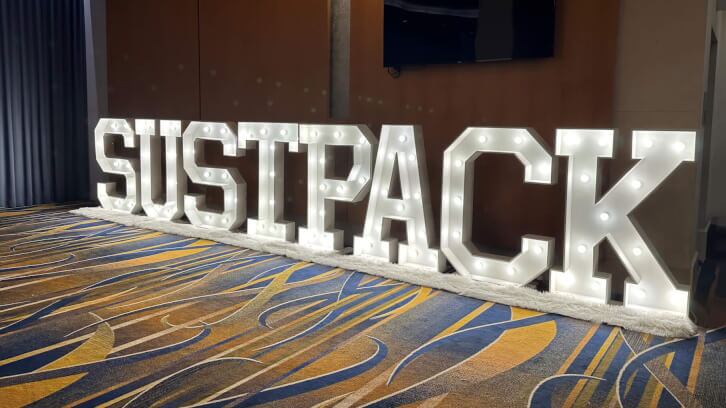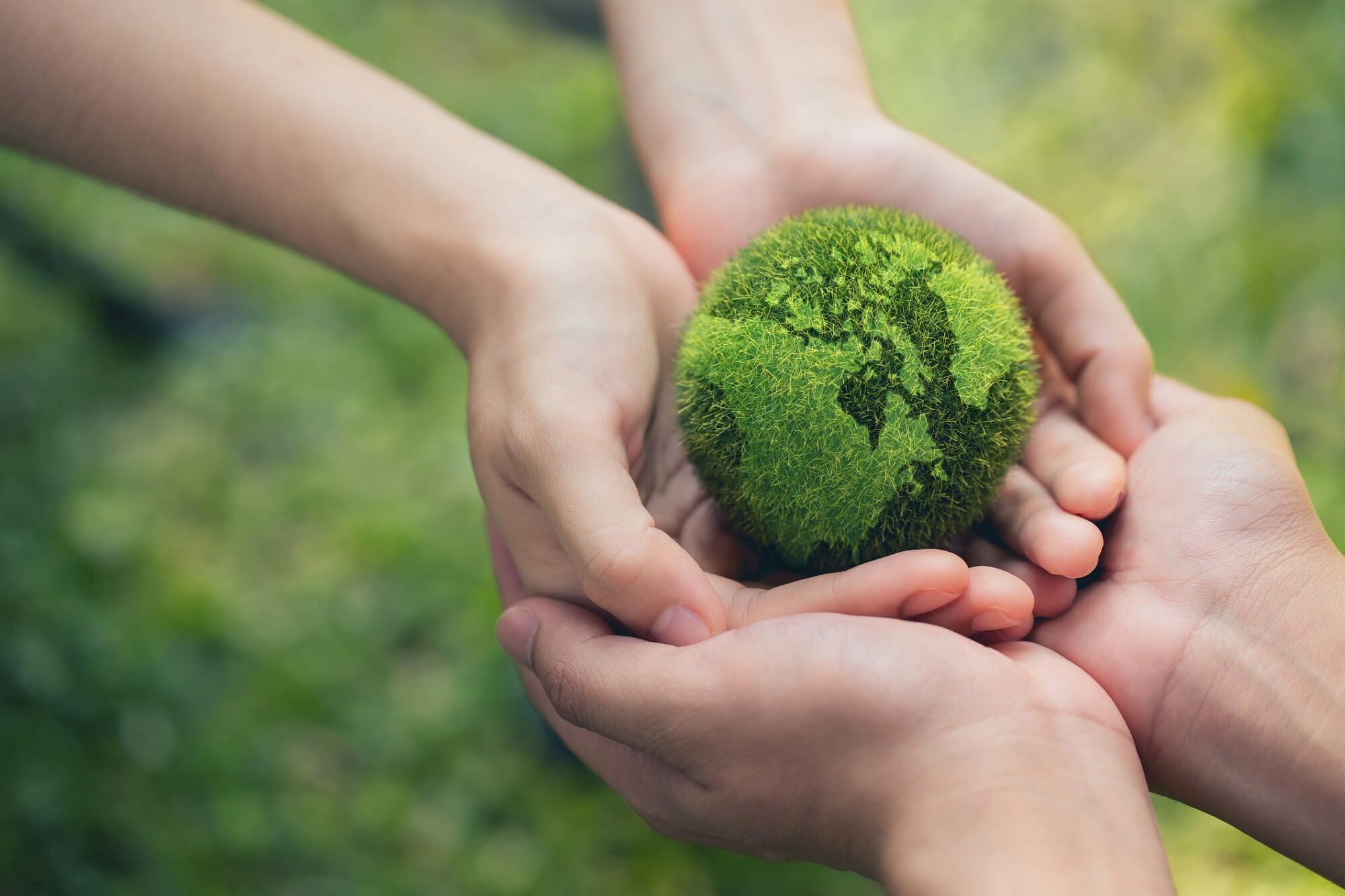On March 7 and 8 this year, CosmeticsDesign attended the Sustainable Packaging in US conference in Chicago, Illinois. The event saw over 300 attendees and featured expert presenters from PepsiCo Global Snacks, Tetra Pak, Alaska Airlines, Landsberg Orora, Casper, Constantia Flexibles, Ocean Conservancy, Minderoo Foundation, US Department of State, Ulta Beauty, and more.
Here is a look at our key takeaways from this year’s convention.
Initiating and encouraging consumer buy-in for sustainable products
Several presentations throughout the convention focused on how packaging manufacturers and suppliers better facilitate consumer adoption of products that feature recycled packaging, including “Sustainable Packaging: Are Consumers Buying It?” from speaker Susan Cornish, Consultant at Moore & Associates, as well as “Advanced Recycling: How the Heck Should We Be Talking About It?” lead by speaker Suzanne Shelton, Senior Partner at ERM Shelton Group. In these discussions, speakers highlighted strategies that CPG manufacturers, suppliers, and brands, including beauty companies, can employ to drive consumers towards more sustainable products.
In her presentation, Cornish noted that “research with US consumers shows that interest in sustainable packaging has grown significantly since 2020 and that a substantial percentage would consider buying paper instead of plastic in specific product categories…yet consumers don’t differentiate between different types of sustainable packaging – they aren’t sure whether made with recycled materials, recyclable, or compostable is better.” Shelton echoed this sentiment in her discussion, which presented research demonstrating that in a survey conducted by ERM Shelton, 30% of US respondents are not confident that the materials they place in recycling bins are actually recycled.
These statistics emphasize the need for improved educational initiatives, transparent communication, and transparency in the product supply chain as crucial to manufacturers encouraging and initiating consumer buy-in for more sustainable products. Through more transparent communication, for example, by providing precise and understandable information about the packaging’s sustainability through third-party certifications or labels that verify and explain the packaging’s recycled content, biodegradability, or compostability, manufacturers can better support consumers in making more informed purchasing decisions to encourage more sustainable consumption.
Additionally, through educational initiatives like offering online resources, social media campaign launches, or in-store activations, retailers can encourage more consumers to consider making more sustainable purchases by making information more readily available and accessible. Consumer education is vital, shared speaker Emily Wynne, Sustainability Specialist in Plastics & Packaging at Quantis, as “refill and repair-based systems only work when consumers are adequately educated, and the infrastructure makes it easy (or easier) for consumers to purchase more sustainable solutions than the conventional solution.”
Finally, by emphasizing transparency throughout the supply chain, from ingredient sourcing to production and distribution, manufacturers, retailers, and brands across multiple industries like cosmetics and personal care can encourage consumer buy-in for more sustainable products. Through greater transparency throughout the supply chain, companies are instilling a greater sense of value in consumers that prioritize ethical and sustainable practices throughout their operations, particularly in consumer demographics that identify as “Eco-Activists,” which Cornish discussed in her presentation.
There is no ‘one-size-fits-all’ solution to sustainability
The sentiment that there is no ‘one-size-fits-all’ solution to sustainability was echoed throughout multiple presentations at the Sustainable Packaging US conference. Throughout various discussions, it was clear that addressing sustainability challenges in the beauty and other industries requires a nuanced and context-specific approach considering different environmental, social, economic, technological, and regulatory factors.
The complexity of sustainability challenges, particularly those facing the beauty and personal care industries, includes focusing on factors such as ethical ingredient sourcing, reducing unnecessary secondary packaging, product formulation processes, understanding consumer behavior, the evolving regulatory landscape in the US and global markets, and encouraging industry collaboration towards more sustainable best practices.
For example, regarding ingredient sourcing in the beauty industry, there is significant variance in the environmental impact of product formulations depending on factors like agricultural practices, land use, and carbon miles from the transportation of ingredients and finished products to retailers. Therefore, multifaceted approaches toward more sustainable best practices are necessary to facilitate more environmentally friendly product manufacturing.
Regarding the takeaway that there is no ‘one-size-fits-all’ solution to sustainability, Wynne shared that “the most sustainable option across all sectors is always to buy and consume less,” and therefore, a best practice solution for the beauty industry and others for more effective sustainable product production would be to encourage more ethical consumption practices across the board. “The more we can encourage the establishment of a circular, refill/repair-based system that incentivizes consumers to reutilize what they have and think twice before purchasing the newest ‘must-have’ items,” she summarized, “the better off we will all be.”
As an industry, Olivia Barker, spokesperson for the Circular Action Alliance (CAA), encouraged industry collaboration as a crucial factor in improving sustainability efforts, particularly in the beauty and personal care product markets. “CAA was honored to participate in the Sustainability in Packaging conference and encouraged by our conversations with producers and others in the packaging value chain who are committed to collaborating with CAA and recycling system stakeholders to support extended producer responsibility (EPR) implementation,” she said.
“As these programs move forward,” she added, “it is critical that cosmetics and personal care product manufacturers remain engaged, share their expertise, and bring forward innovative approaches to packaging design and materials management to help build a system that ensures their packaging supports a circular economy.”
The role of US manufacturers in the global conversation on sustainability
The final key takeaway from this year’s Sustainable Packaging in US conference focused on the role of US manufacturing and supply companies within the global conversation regarding sustainability, which speaker Emily Wynne focused on extensively in her presentation “From EU to USA: The PPWR's Influence on Packaging and Sustainability.” In her discussion, Wynne explained the European Packaging and Packaging Waste Regulation (PPWR) and its influence on the US’s response to the upcoming regulations.
“It’s well known that the US has historically lagged behind the EU and UK in sustainability regulations, forcing many companies to scramble to put systems in place that will allow them to meet the upcoming regulations,” she explained. Specifically in the US, “environmental regulations are often initiated by a handful of states that lead the trend, pushing manufacturers to adapt their product offering for the entire country.”
However, regarding the US’s role in the global sustainability conversation, particularly for beauty and personal care manufacturers, suppliers, brands, and retailers, “the US has a huge opportunity to move the needle for multinational corporations in their sustainability journeys through policies that level the playing field across industries,” she shared. This opportunity, she added, will require “a large shift in commonplace business practices will be required to meet the more stringent requirements.”
To meet the requirements of this role, the US will need to focus on several different factors, including policy and regulation, innovation and technology, corporate leadership changes, investing in research and education, encouraging public awareness and advocacy, and efforts to foster international cooperation in support of its implementation of more sustainable initiatives.
Therefore, Wynne advised, “US companies should start engaging their suppliers now and digitizing their data collection processes to gain visibility throughout all tiers of their supply chain, as reporting regulations for these companies will only become more stringent and detailed over time” on a national and global basis.





